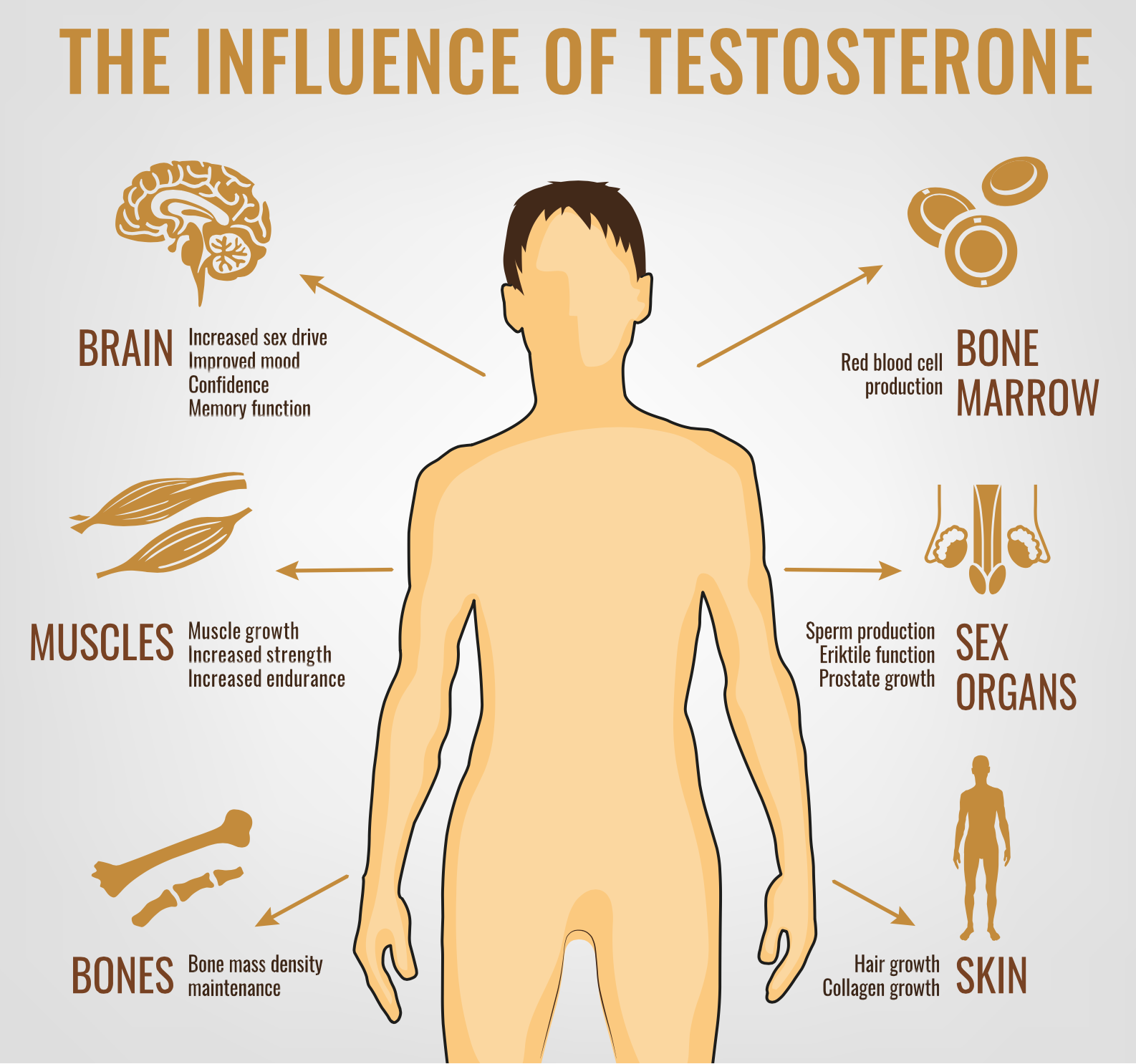Will My Insurance Cover Testosterone Therapy?
Ready for a new you?
Set up a free and private consultation with our EhormonesMD experts today!

Insurance Companies Look to Profit, a Real World Example
A perfect example of the encumbrances levied by insurance companies would be with a Testosterone company whose name we’ll withhold, which has approximately 50 locations in Texas. So, this company bills insurance for testosterone treatment. The detriment here to their patients is that insurance guidelines dictate that a male patient may only be prescribed testosterone if he falls below the insurance company’s diagnostic parameters for normal testosterone levels, regardless of age or symptoms. This normal range is generally around 250 – 800. Therefore, if the patient is not below that 250, they will generally not allow testosterone to be prescribed, or if they do, the dosage will be so low, that any tangible benefits will be tough to identify. And, the patient has already paid the initial startup cost of $500 to this clinic, but they can’t be prescribed – so, then they’re out $500, and still must search for a doctor who does not use insurance. Additionally, insurance guidelines typically dictate that the patient only receive a Testosterone injection once every 10 days to 2 weeks (in some cases only once every 3 weeks), meaning around day 6 the patient starts to feel like the energy has been sucked out of them due to the 6 to 7-day half-life of testosterone cypionate.
Furthermore, the insurance company generally requires the patient to physically see the doctor for each injection, as opposed to self-injecting at home. Surprisingly, it doesn’t even end there. The insurance companies DO NOT ALLOW for the prescription of the absolutely necessary ancillary medications, HCG (Human Chorionic Gonadotropin) and an aromatase inhibitor, such as Arimidex or Anastrozole. Again…it’s a bottom line issue for insurance companies. The patient is NEVER the #1 priority for these high-profit insurance companies.
The Effects of Testosterone Injections in a Man’s Body
The important thing to understand about testosterone is that when one injects testosterone into the body, the testes’ production of testosterone almost immediately shuts down, as the mechanism in the brain that releases the hormone which signals the testes to release testosterone,
Luteinizing Hormone (LH), switches off as a sort of safety switch since the body is tricked into thinking that the testosterone that is beinginjected, has actually been produced by the body, when in fact, it was merely injected. So, the pituitary gland says, okay we’re producing enough…no more luteinizing hormone for the testes. However, the detrimental effect of no LH production, means no signal to the testes to release testosterone. So, when the testes cease functioning, they inevitably atrophy. The HCG that our doctors prescribe our patients allows the testes to continue producing testosterone naturally so the patient doesn’t wind up with testes that shrivel up like raisins (pardon the graphic and slightly embellished nature of the description lol).

There’s More to Testosterone Therapy than Testosterone Injections
The other ancillary medication for which insurance companies do not allow during testosterone therapy is the aromatase inhibitor, typically in the form of Arimidex or the generic form, Anastrozole. When a man takes testosterone, inevitably he will create more estrogen, a hormone that is more dominant in females and known for its production of female characteristics. If one produces too much estrogen, which is a likely possibility anytime testosterone is taken, the effects can be devastating for a man. Excess breast tissue can develop, free testosterone can decrease, mood changes can occur, among a host of other negative consequences. These effects, however, can very easily be suppressed with the aromatase inhibitor (Arimidex or Anastrozole), which insurance will not allow.
So, if these are the effects of testosterone therapy without the ancillary medications HCG and Anastrozole, why is it that insurance companies will not allow the doctor to prescribe them? Again, the short answer is MONEY. Always remember, the less the insurance company must pay, the more profit they make. The insurance companies never look out for the best interest of the patient. The #1 priority of insurance is PROFIT.
Call Ehormones MD now for a Free Consultation +1 (800) 658-8858. We’re here 24/7 to help.
Contact Us
If you have any questions or want to book a treatment, you can contact us using contact form bellow.
We’re here 24/7 to help.
